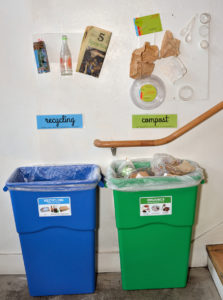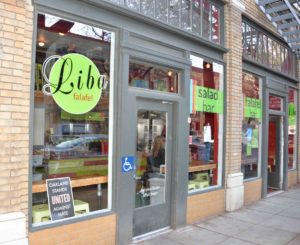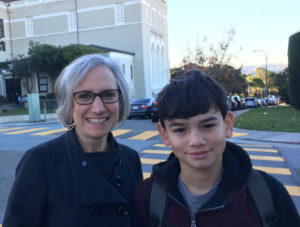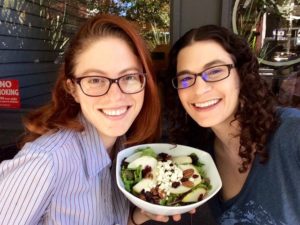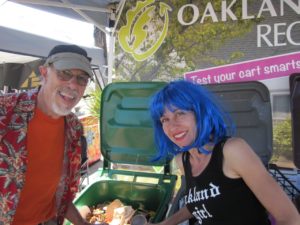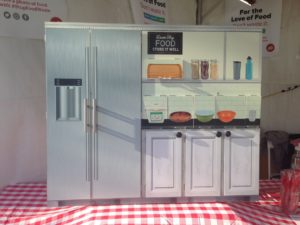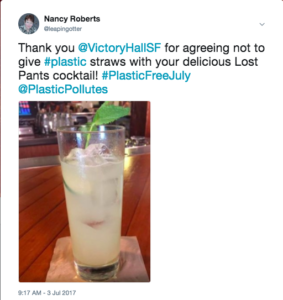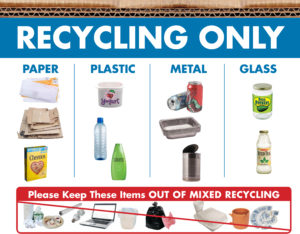I’ve got a guilty secret to share. To retreat from the past year’s stressful news cycle, I’ve been watching Christmas movies on the weekends, on a cable channel that is running them marathon-style, non-stop until Christmas. Last Sunday, while watching Return to Christmas Creek, I was heartened to see that a prominent theme was the rejection of material gift giving during the holidays. The story’s main character, a busy professional named Amelia, is told by her boss that her shopping app, designed to easily buy gifts online, is missing the true spirit of Christmas: personal connection. He rejects funding it and Amelia is devastated.
We were thinking of this very theme as we developed a video ad to promote waste-free gift giving with Santa Clara County Recycling and Waste Reduction Division. Our video also celebrates experience and connection over things. Gifts that provide experiences create memories—and while stuff ends up in the landfill, memories last a lifetime:
At the end of her journey of self-reflection, Amelia revamps her shopping app to include ways to help those in need, and because this is happening in movie-land, it is celebrated and funded and everyone gets their happy ending! (Oh, and she reunites her family and finds true love in the process of course!).
In order to help people give Zero Waste gifts of experience, we created a list of great gift ideas on SCC’s website. For a real-life version of Amelia’s app, or if you’re thinking of starting or promoting a registry, try out SoKind. The site allows anyone to collect non-material, homemade and charitable gift ideas in one place to share with friends and family.
Best wishes for a fun-filled, waste-free holiday season from the entire Gigantic team!
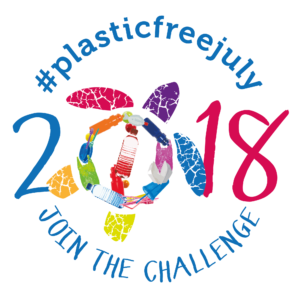
 Often in the course of our work we are lucky enough to run into local residents who embody the environmental attitudes that we cherish. Often those people are exemplary in other ways, as well. The Gigantic team met Gail Lillian on a photo shoot for recycling and composting in the food service industry. Her business—
Often in the course of our work we are lucky enough to run into local residents who embody the environmental attitudes that we cherish. Often those people are exemplary in other ways, as well. The Gigantic team met Gail Lillian on a photo shoot for recycling and composting in the food service industry. Her business—